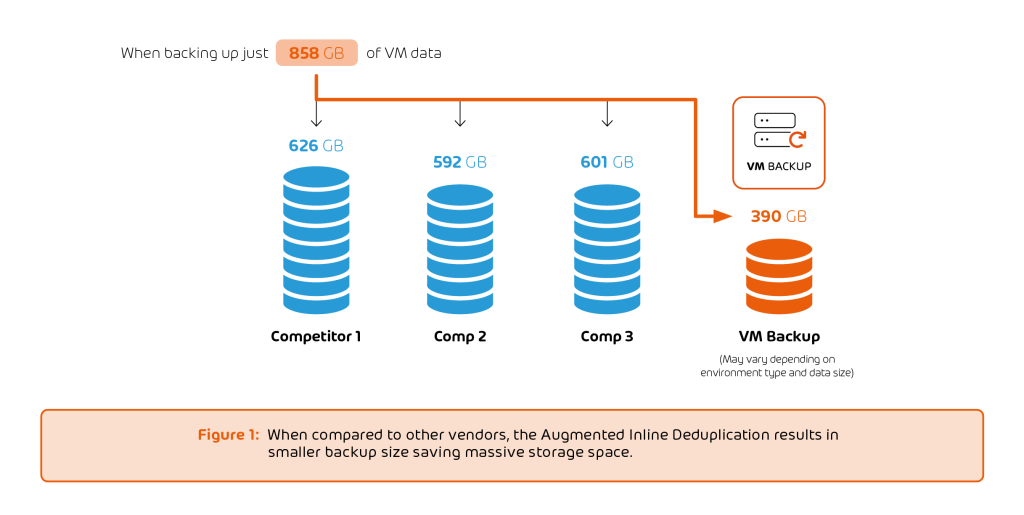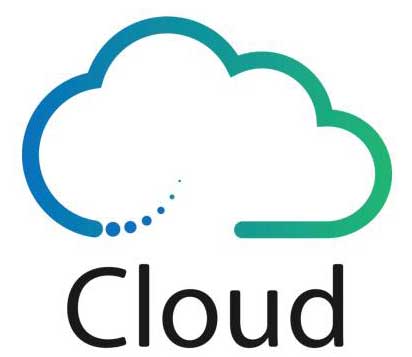Recently Hornetsecurity announced the latest major release of their flagship data protection software VM Backup v9. VM Backup is a mature and feature-rich product, and in this post, we’ll look at the overall solution and latest functionality.
Data protection is more important now than ever before. Data and its corresponding digital services are at the heart of our modern lives. Organisations are extracting value and enhancing customer experience from data, whilst simultaneously ensuring data is available and durable for business continuity.
Cyber security is now on the agenda at executive boards regardless of industry. The potential impact of cyber-attacks, specifically ransomware, is now well publicised.
It’s great to see VM Backup v9 add a ransomware protection feature, storing an immutable copy of the data in the cloud. The immutability of the objects ensures that they cannot be deleted or changed, either accidentally or by a bad actor. Using cloud storage provides flexibility and cost efficiencies; cloud object storage is often cheaper than buying dedicated storage arrays because of the consumption-based pricing model.
VM Backup integrates natively with Azure Blob storage, AWS S3, and Wasabi for secure and seamless data transfer. What’s more, the Offsite Backup Server agent can be used with an IaaS VM to proxy data transfer to other cloud providers, like Google and Oracle.
The extension of hyperscaler support will please many organisations who are starting to utilise the capabilities of public cloud. For a lot of these companies, a hybrid-cloud operating model is the most likely approach. To this end, VM Backup offers full support for the latest releases of Azure Stack HCI (21H2) and Windows Server (2022).
Another popular approach for forward-thinking organisations is multi-cloud. A multi-cloud strategy helps ensure applications are running on the most suited platform, with higher levels of flexibility and availability. VM Backup can support multi-cloud strategies with the introduction of multiple offsite locations for virtual machine copies.
With so many options for running VMware and Hyper-V infrastructure, a potential challenge for dispersed environments can be operational consistency. Really pleased to see VM Backup tackle this with a consistent REST API, allowing backup administrators to scale environments through a consistent toolset.
Speaking of scaling, VM Backup v9 can now handle much larger environments, with more backup repository and long-term storage options. Improvements have been made to disk space utilisation and backup efficiencies; with automated disk space reclaim, and the ability to run more concurrent backups and tasks, reducing backup windows.
When it comes to backup storage, capacity requirements for local and offsite locations are reduced significantly with inline deduplication. This means only unique or changed data is sent to your backup repositories, creating incredibly fast backup speeds.
VM Backup further enhances an organisations disaster recovery strategy through WAN-Optimised Replication. This feature reduces the Recovery Time Objective (RTO), providing faster recovery, by creating a continuous copy of a virtual machine to a remote site. The IT team can switch to the remote copy (or copies) immediately should there be an issue at the primary site.
As I mentioned at the start, VM Backup is now a mature product and has built an impressive feature-set over time. This includes things like Continuous Data Protection (CDP) for improving Recovery Point Objectives (RPO) with backups as frequently as every 5 minutes, granular backup scheduling and retention policies, Cluster Shared Volumes support, live backups leveraging Microsoft Volume Shadow Copy Service (VSS), Grand-Father-Son-Archiving, and 3-2-1-1 backups. You can view the full list of features here.

The technical capabilities of a solution don’t paint the full picture. We really need to know how this solution will be adopted by teams such as IT Operations, Service Management, and Finance. As good as the feature-set is, and we’ve seen that so far in this article, there are some vital operational elements I’m pleased to say VM Backup excels at. Let’s take a look:
- Operations – VM Backup is easy to install and configure out of the box. When it comes to protecting valuable business data, simplicity and reliability are key. VM Backup doesn’t require complex architectures or components, which means there is less to go wrong. The product is easy to use day-to-day with an intuitive User Interface (UI). Backup administrators don’t need extensive training courses to start using the software, and Hornetsecurity run a series of free webinars and demos which are all you need to get up to speed.
- Support – Having support on a product is another critical element to maintain that reliability. The support model for VM Backup is exactly what you want, instant access to product experts through a variety of channels, 24 hours a day, 7 days a week. No chatbots or first line call screeners.
- Licensing – VM Backup has flexible license and purchase options, whether you want perpetual licenses or a subscription. You can license environments per physical host or per virtual machine, and there are 3 paid for editions plus a free version. You can download a fully functional free 30-day trial of VM Backup to try for yourself here, without any sales walls.

In summary, VM Backup v9 for protecting VMware or Hyper-V virtual machines looks like an essential part of an IT administrator’s toolkit. The software is mature enough to boast an impressive list of features, whilst maintaining a cost-efficient licensing model.
I’m really pleased to see the ransomware protection included this time around, and the improvements to multi-site locations with native public cloud integration. Having these options with a consistent operating experience and REST API are going to help organisations with multiple platforms or who are transitioning to the cloud.
The number of awards and industry recognition VM Backup v9 has picked up speaks volumes. The easiest way to see if VM Backup is a good fit for your infrastructure is to try it out yourself, using the free 30-day trial with full functionality here.






